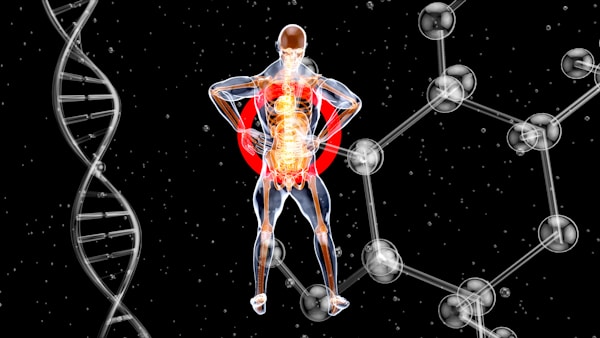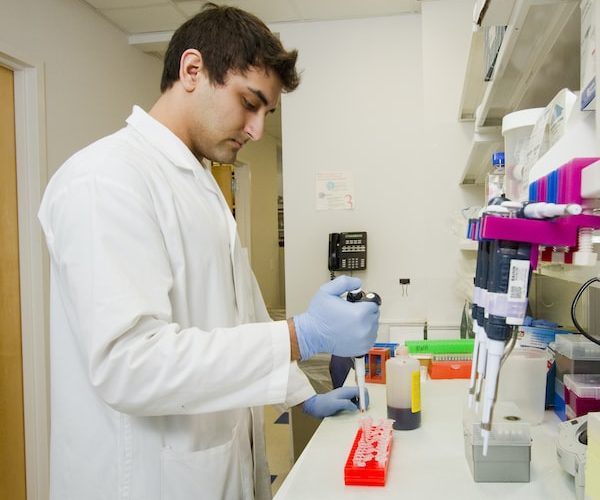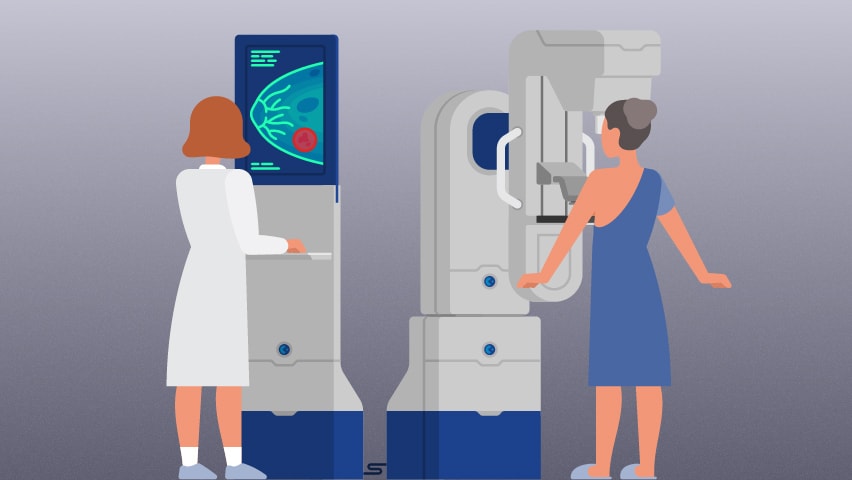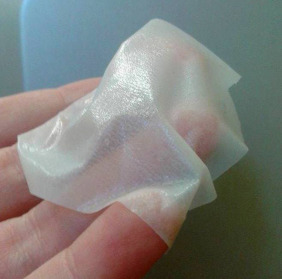If you want to understand NAD, you’re in the right place. This comprehensive guide will provide you with an overview of NAD, from what it is to what it does and how it works. Get ready to dive into the world of NAD and discover how it can help you. Keep reading to learn more about NAD.
Why is NAD essential?
Nicotinamide adenine dinucleotide, also known as NAD, is an essential coenzyme in all living cells. It plays a crucial role in energy metabolism and is necessary for the body’s normal functioning. NAD is a coenzyme that works with enzymes to catalyze biochemical reactions in the body. It’s involved in transferring electrons and hydrogen ions during the oxidation and reduction of molecules in the body and is also essential for DNA and RNA synthesis.
NAD is essential for the body’s energy production, as it helps to convert food into energy. Dehydrogenase enzymes, which are found in the mitochondria, rely on NAD to transfer electrons from the energy-rich molecules produced during glycolysis and the Krebs cycle to the electron transport chain. This process generates ATP, which is the body’s primary energy source. NAD also involves many other metabolic processes, such as fatty acid oxidation, gluconeogenesis, and the urea cycle.
NAD is also essential for DNA and RNA synthesis and repair. NAD is used by the enzyme polymerase to copy and repair DNA and to synthesize the building blocks of DNA and RNA. NAD also helps to regulate gene expression, as it binds to proteins that help turn genes on and off.
How does NAD work biologically?
NAD is an essential cofactor for hundreds of enzymes involved in metabolic processes such as glycolysis, the citric acid cycle, and the electron transport chain. NAD comprises two molecules, nicotinamide, and adenine, which a phosphate group connects. It’s constantly being recycled in the body and is usually in a reduced form, which is NADH.
NAD works by transferring electrons in redox reactions. In these reactions, NAD can be oxidized to NAD+ and is said to be carrying a hydride ion (H-). This is when a hydrogen atom is pulled away from the molecule. NAD+ can also be reduced to NADH, which is the form that carries two electrons. Redox reactions occur when the NAD+ accepts electrons from the molecule, thus becoming reduced to NADH and transferring the electrons to the molecule. The NADH can then produce energy in the form of ATP, which is used for various metabolic processes.
What does NAD do?

NAD is involved in the regulation of gene expression. It’s used to activate transcription factors, which control the expression of specific genes. This enables the cell to respond to changes in its environment, such as changes in temperature or nutrient availability.
In addition to its role in energy production, NAD plays a crucial role in DNA repair. During DNA replication, NAD detects and repairs errors in the DNA sequence. As NAD is depleted, the accuracy of DNA replication decreases, causing mutations that can lead to severe genetic disorders. NAD levels can be affected by age, diet, and certain medications. Low NAD levels can lead to fatigue, depression, and other symptoms. Supplementation with NAD precursors, such as niacin or nicotinamide riboside, can help to boost NAD levels and improve overall health and well-being. But be sure to speak with your doctor before taking any supplements.
NAD is an essential molecule for cellular metabolism, energy production, and gene expression. It’s necessary for maintaining healthy cells and is critical in many of the body’s primary physiological processes. As such, it’s important to understand how NAD works to ensure optimal health.









